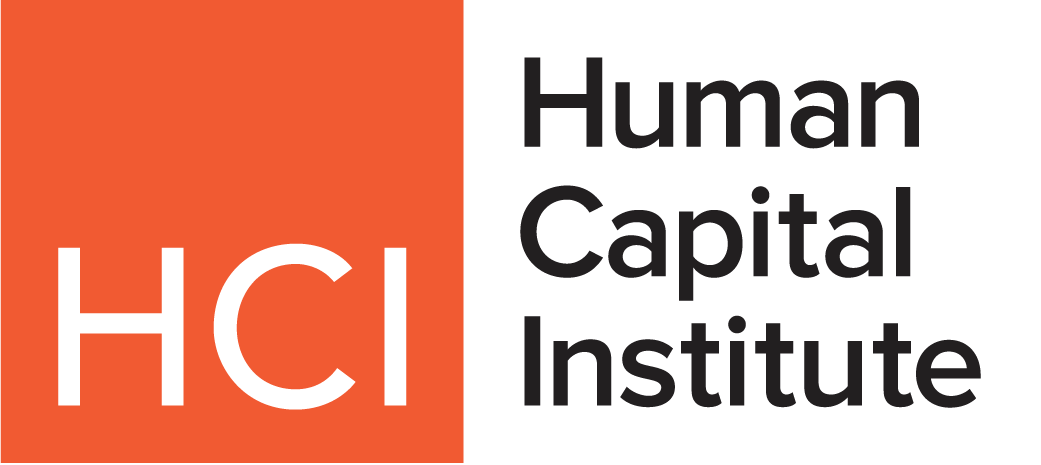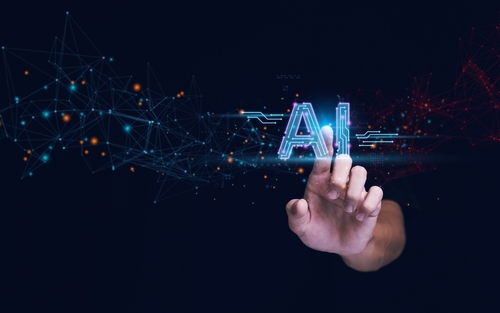A new study shows that even though companies have spent tens of billions of dollars on generative AI, an overwhelming 95 percent aren’t getting any real value from it. This finding from The GenAI Divide: State of AI in Business 2025, is crucial for HR leaders because they are in the best position to lead the way in figuring out how to successfully use AI tools with their people. This huge gap between the few who succeed and the many who don’t is what the study calls the GenAI Divide.
Why the Divide Exists
While widely adopted tools like ChatGPT and Copilot are used by over 80 percent of organizations, these tools primarily enhance individual productivity and show no measurable P&L impact. Meanwhile, custom or vendor-sold enterprise-grade systems are quietly failing. According to the study, 60% of organizations evaluated such tools, but only 5% ever reached full production. The report attributes these failures to “brittle workflows, lack of contextual learning, and misalignment with day-to-day operations.”
From the analysis of over 300 publicly disclosed AI initiatives, four patterns emerged that define the GenAI Divide:
- Limited disruption: Only two of eight major sectors show meaningful structural change from AI.
- Enterprise paradox: Large firms lead in pilot volume but consistently lag in scaling their projects.
- Investment bias: Budgets tend to favor visible, top-line functions like sales and marketing over high-ROI back-office operations.
- Implementation advantage: External partnerships see twice the success rate of internal builds.
What It Means for the Workforce
The study found that the core barrier to scaling AI is not infrastructure, regulation, or talent, but learning. The most successful vendors and buyers are addressing these limitations directly. Buyers who have crossed the GenAI Divide demand process-specific customization and evaluate tools based on business outcomes rather than traditional software benchmarks.
While the report notes that most implementations do not drive headcount reduction, organizations that have successfully scaled AI are beginning to see selective workforce impacts in customer support, software engineering, and administrative functions. These early results suggest that learning-capable systems, when targeted at specific processes, can deliver real value and lead to thoughtful workforce transformation without major organizational restructuring.
Putting the Study into Practice: 4 Actionable Solutions for HR
So, how can HR leaders ensure their AI investments deliver a real return? The study’s findings provide a clear roadmap:
- Make the Business Case for Back-Office AI: The data shows budgets favor top-line functions, but the highest ROI is often found in the back-office. Pitch AI solutions for HR processes like candidate screening, administrative tasks, and onboarding, where a measurable P&L impact can be achieved quickly.
- Stop Evaluating on Features, Start Evaluating on Outcomes: When considering AI tools, don’t just ask about its capabilities. Instead, ask: “How will this system help us achieve our specific business goal?” The top-performing companies in the study evaluated tools based on business outcomes—such as reducing time-to-hire or improving retention—not on a list of features.
- Demand a “Learning” System: The study found that most AI tools fail because they don’t learn or adapt. When considering AI tools, ask about their feedback loops and how the system improves over time based on your company’s unique context and data.
- Partner with Process-Specific Experts: The report found that external partnerships have a higher success rate. Find strategic business partners who specialize in your specific HR function, not just in general AI. Their expertise will be crucial for successful implementation.
Ultimately, this study confirms that understanding the GenAI Divide is the first step to crossing it. This isn’t a task for IT or an isolated department; it’s a leadership challenge. HR professionals are uniquely positioned to guide this transformation because they are the ones who truly understand the processes and the people. By focusing on smart strategies and real business outcomes, HR can lead the way in ensuring AI investments are not just a costly pilot, but a true catalyst for a smarter, more effective workplace.




